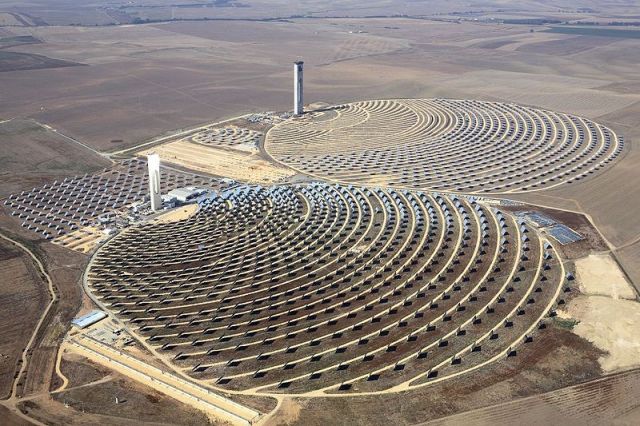Generating Electricity from Solar Power – How It Works
Generating electricity from solar power is one of many choices that consumers and businesses can do to save money, protect the environment and provide themselves with an environmentally friendly choice, contributing towards their new, chosen, green living lifestyle or work environment. Understanding how the process of producing the electricity from the power of the sun is not difficult to understand. In fact, the sun is in a sense a huge power type plant that provides potential power straight across the solar system, making its potential for generating further electricity almost endless. Best of all, it is free and it will no doubt not run out during the course of our lifetime or for many hundreds of thousands of years. Most importantly, electricity generated from the sun will prevent further global warming and climate change, not giving off carbon dioxide gas emissions.
Solar Power Electricity Basics
As the bountiful supply of sunbeams rains down on the planet, more and more people are using it for electricity because light contains energy. When light strikes any object, that energy generates heat, that warm feeling that you associate with the sunshine. However, under certain conditions, when that energy strikes particular materials, that energy is converted into electricity. It is that electricity that you and everyone has the ability to harness and use.
Keeping Up with the Changes in Solar Power Electrical System Technology
In the old days, the technology related to solar power electrical system technology was very much in its infancy. In fact, few people had access to it and few understood it. In those days, silicon crystals were the only means of producing electrical currents after they were bombarded with the sun’s light energy. Of course, silicon was ideal as the crystals’ electrons move about more instead of just doing a quick jiggle when heated up. However, it takes time and excessive amounts of money to grow the crystals large enough to generate the electricity needed for any worthwhile applications. The reality was that this crystal system was doomed to be replaced and replaced it was with newer and cheaper types of materials. These included better and less expensive crystals that were made of selenide, gallium, indium and copper, combined into very flexible and easy to use solar film. Known to most as ‘thin-film’, this new technology is innovative, but cannot provide the electricity volume that the old crystals once did. In fact, it is this that is still making solar generated electricity hard to get for most people.
Issues and Potential Solutions to Increase Solar Energy Use Worldwide
Currently, due to the crystals, solar power has only replaced a small section of the fossil fuel power sector. It is considerably more expensive and requires specialized instillations that are not found with such cheap, dirty and polluting fuel materials such as coal and oil. However, as the worldwide consensus on cleaning up the environment gains strength, the research and development of better and cheaper methods of capturing the sun’s energy for power continues unrelentingly. In fact, many countries are trying to develop mass solar power stations, though few are out of the experimental stage. Only a handful of villages across the world, including in Holland, have set up a community system, but it did not come cheaply, though they are slowly gaining back their investments by selling back excess power to the standard grid providers.
Solar Cells and the Future of Generating Electricity from Solar Power
Solar cells are devices that help in generating electricity from solar power. Their electrons do their dance on the cells, but in order to keep the electrons from falling into empty space, just bouncing anywhere, the photon energy of the sun hits these electrons and collects them into electrical energy. However, there is a far cry difference between solar electricity plants and your average solar cells. This is where the future and current research are stepping up to the bat in the hope that one day, solar electricity plants will be developed, working like the average houseplant, turning solar energy into usable and safe fuel. Of course, the development of such plants is the number one topic discussed by solar power researchers. Maybe, in time, small solar cells will mimic that technology, making it cheaper for everyone to use.
Sources:
- “How does solar power work?”, Susannah Locke , online article, Scientific American, a Division of Nature America, Inc., 2008, http://www.scientificamerican.com/article.cfm?id=how-does-solar-power-work
- “Frequently Asked Questions about Residential Systems”, online FAQ, General Electric Company 1997-2010, http://st-www.ge-energy.com/prod_serv/products/solar/en/faqs/resid_sys.htm
- “Solar Power”, The Ozone Hole Inc. 2010, http://www.solcomhouse.com/solarpower.htm

